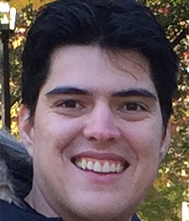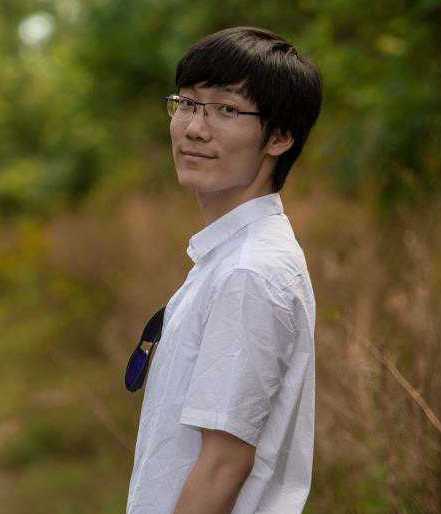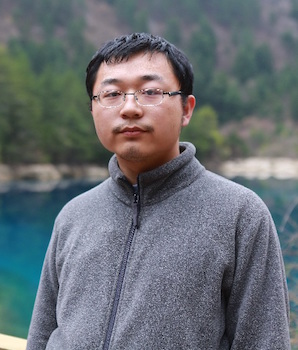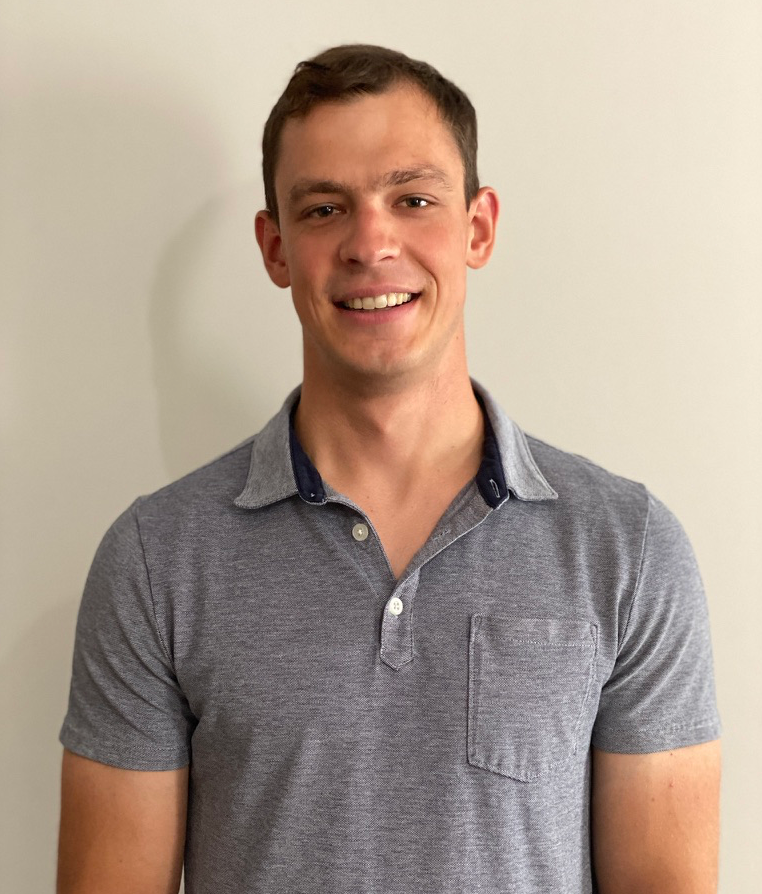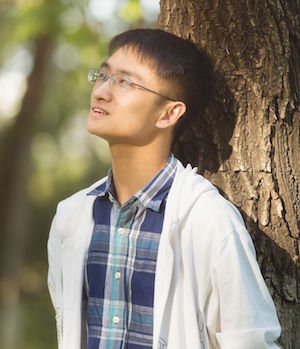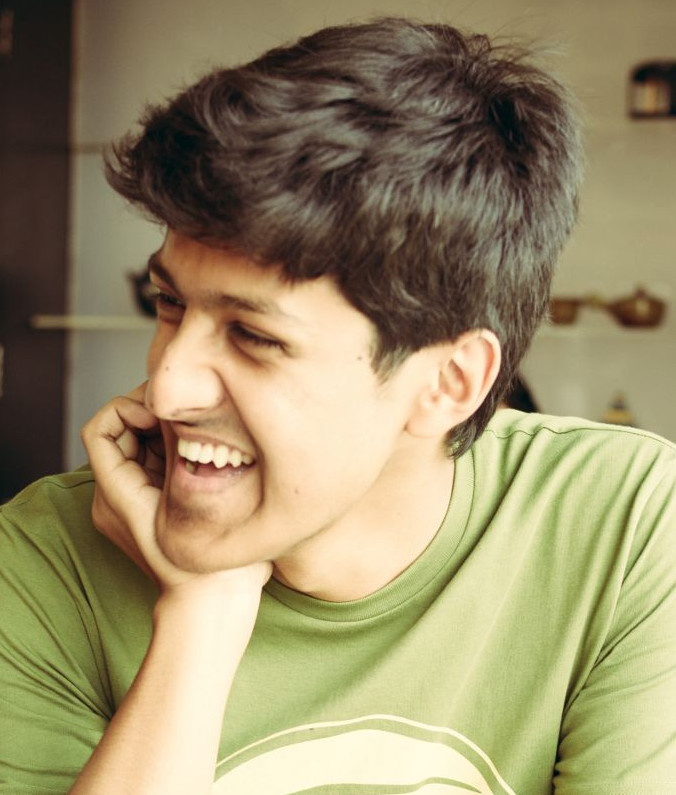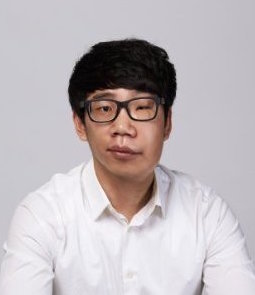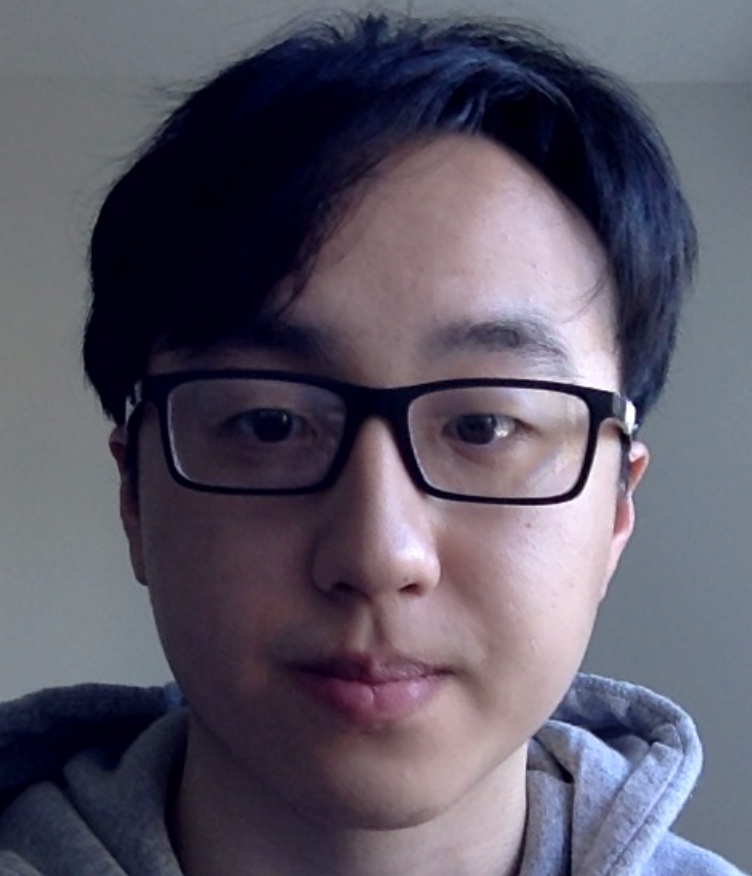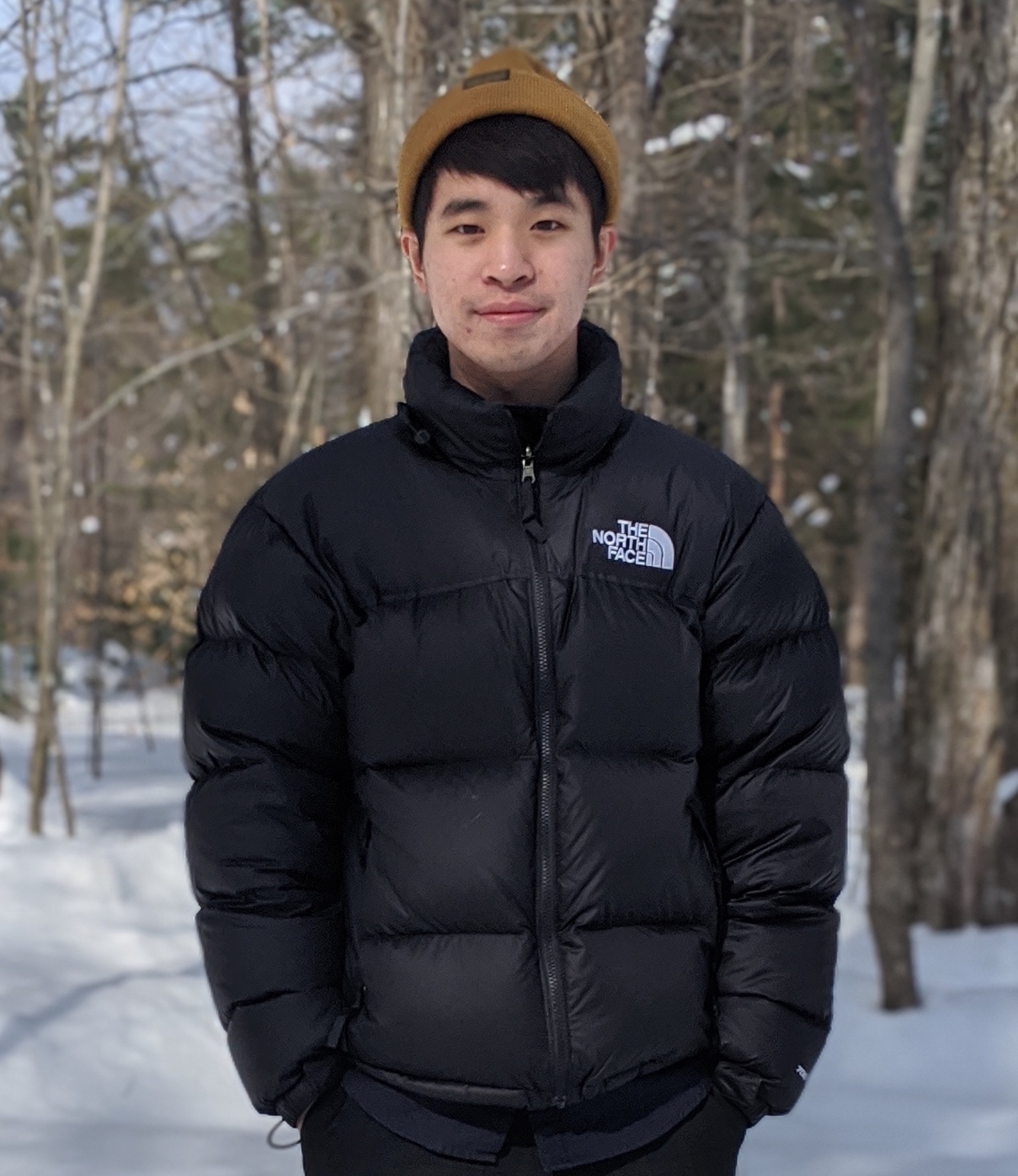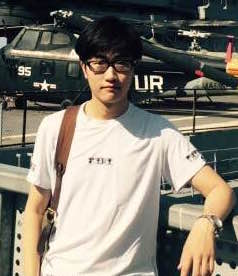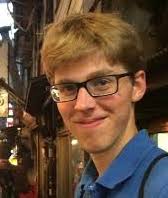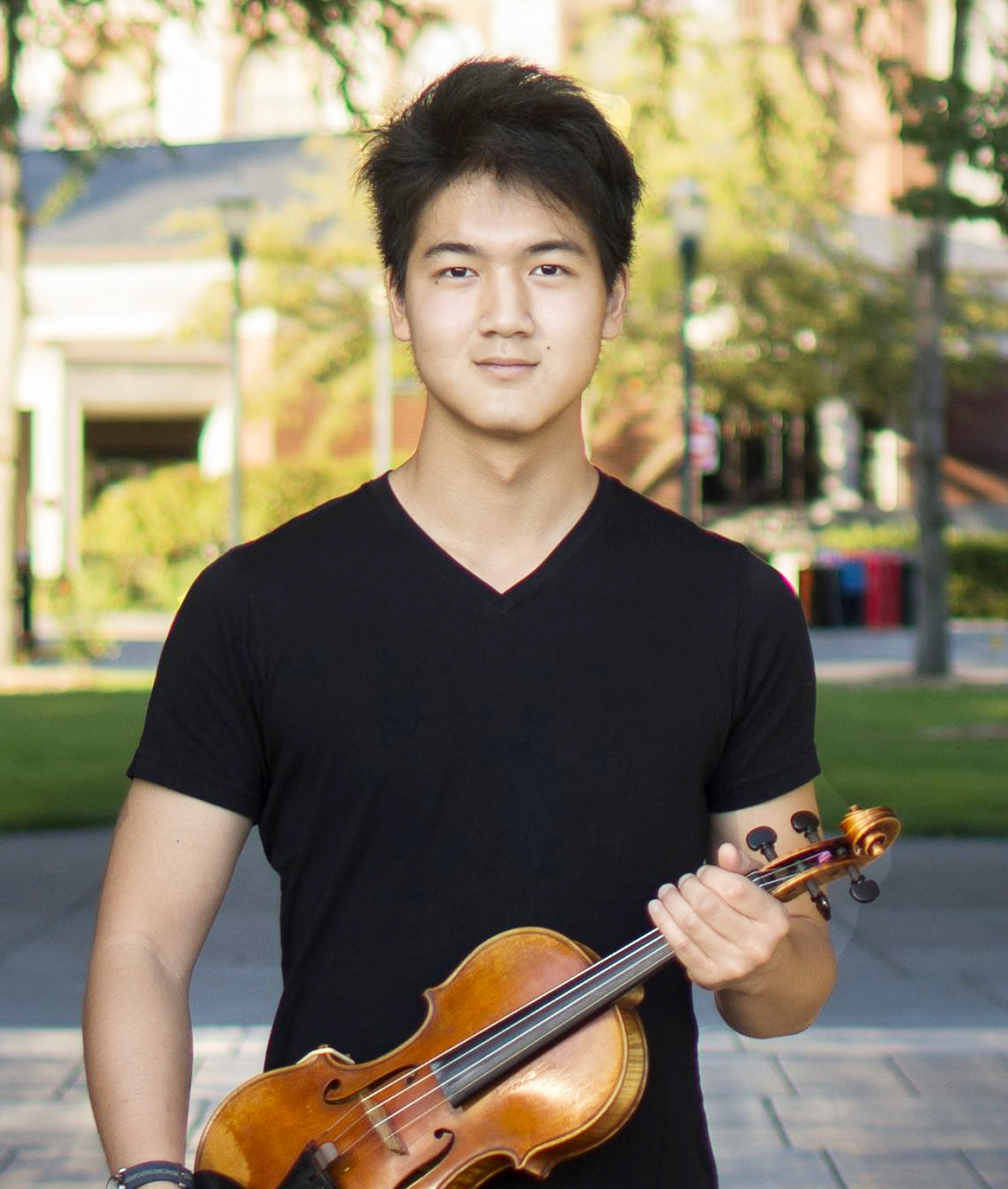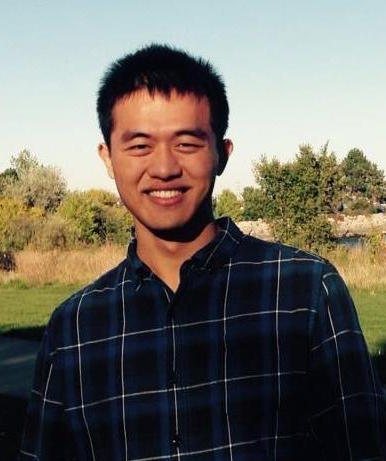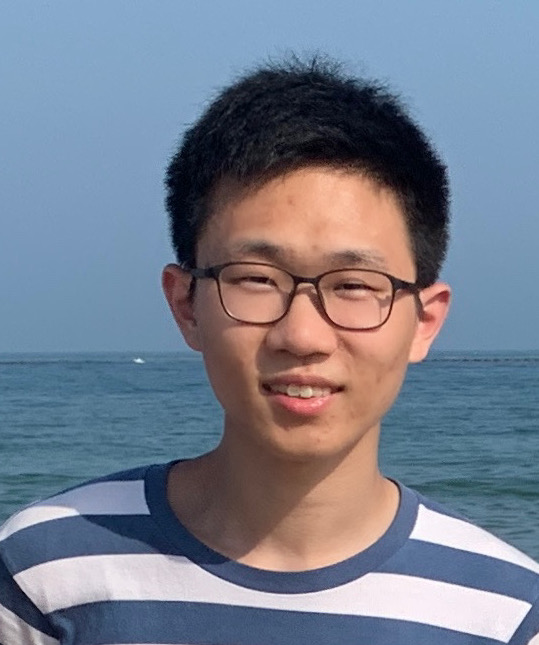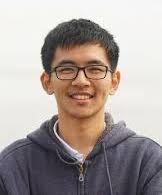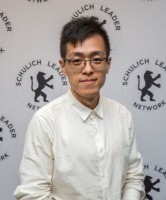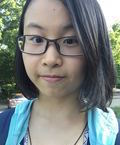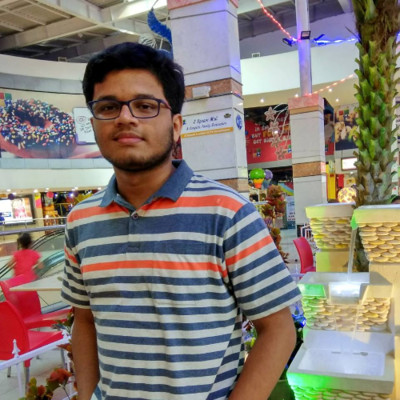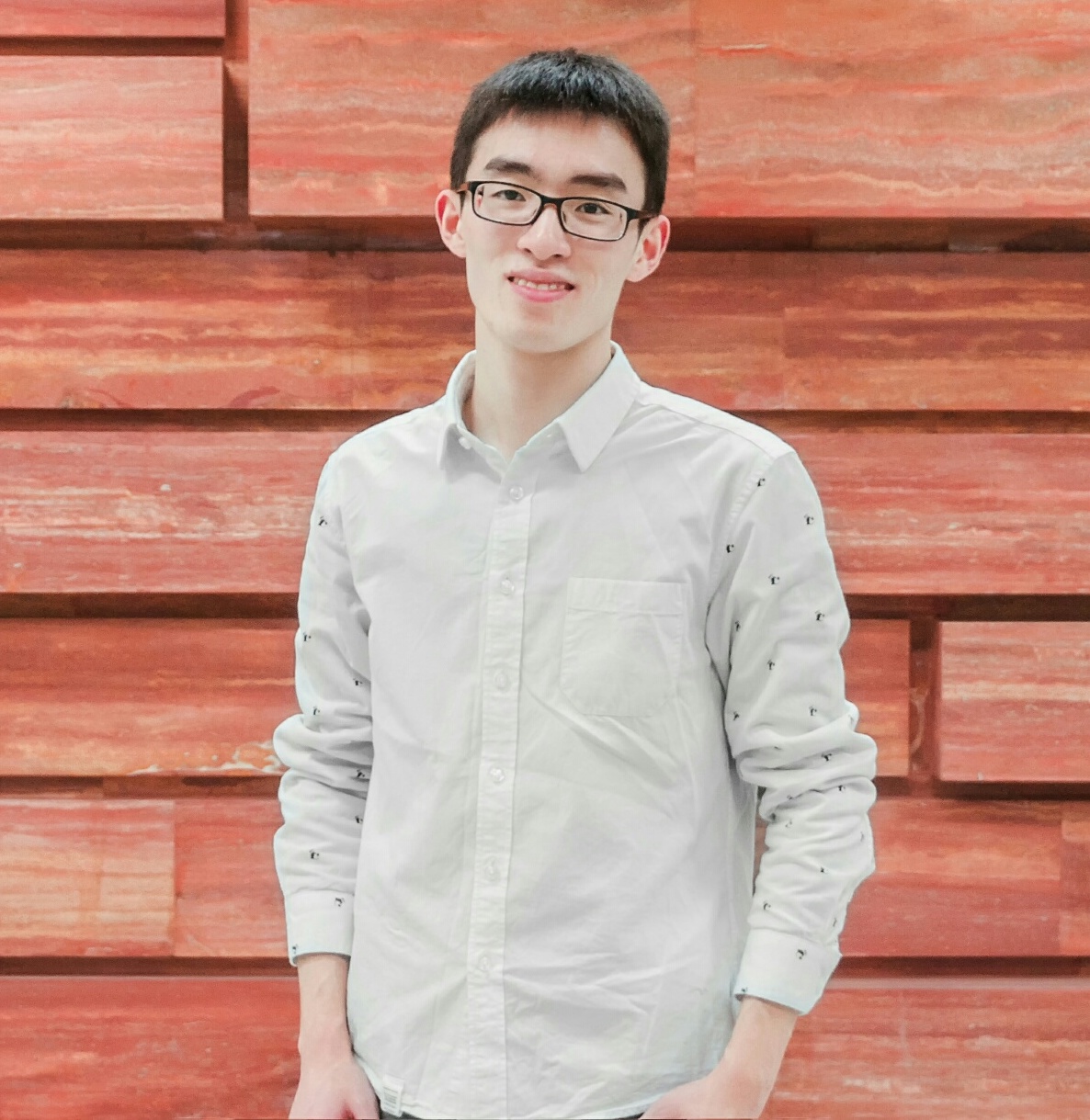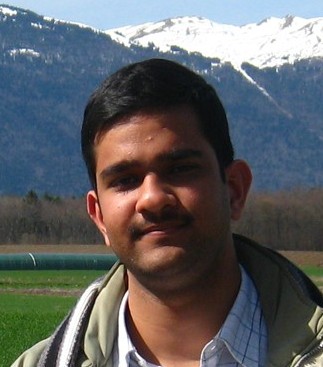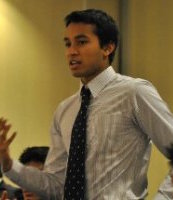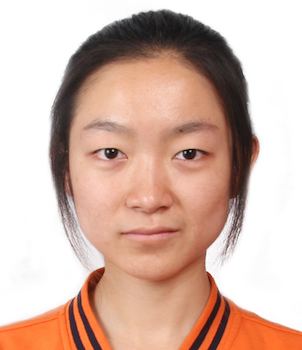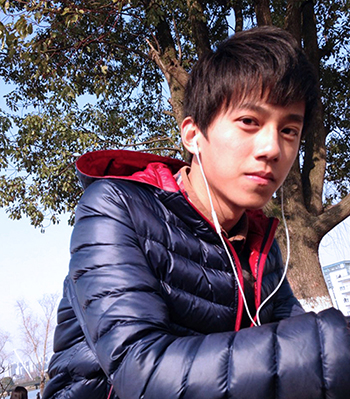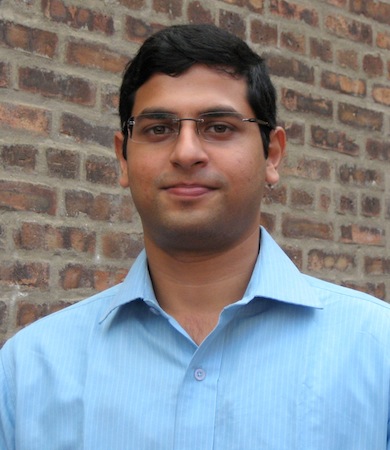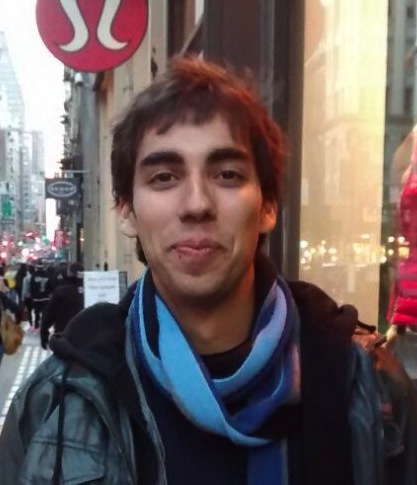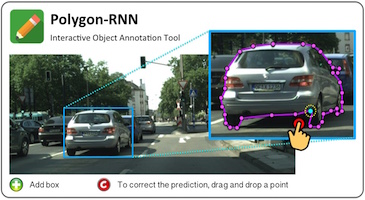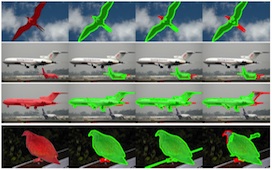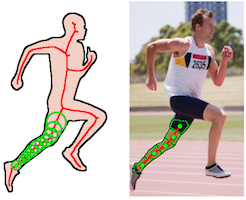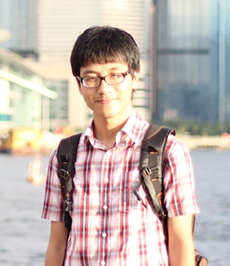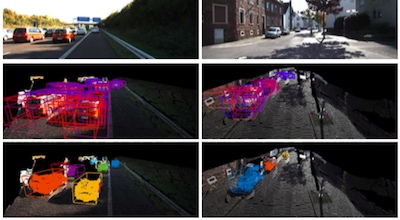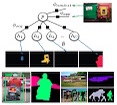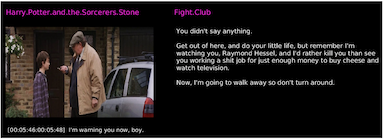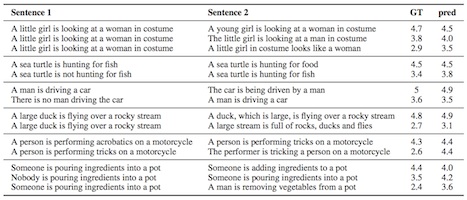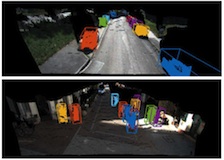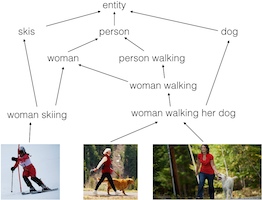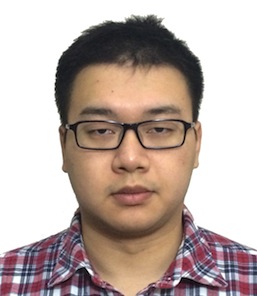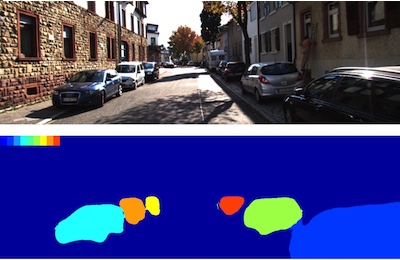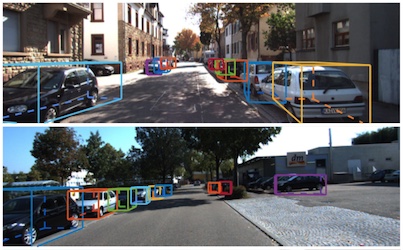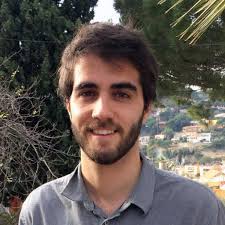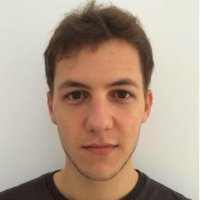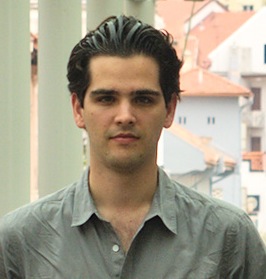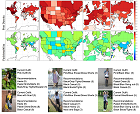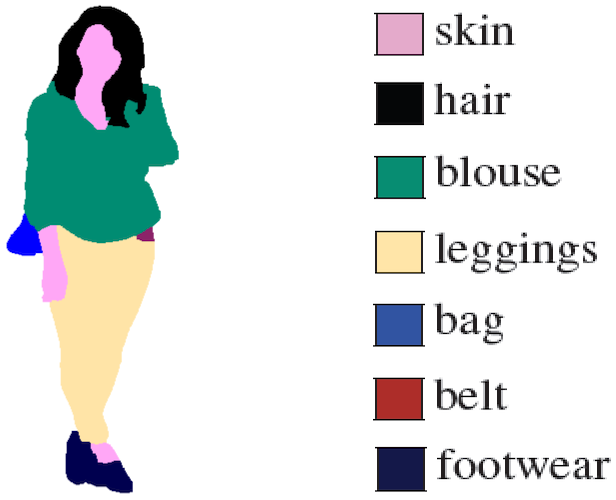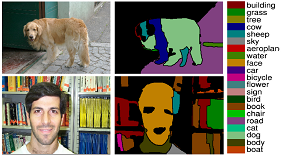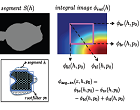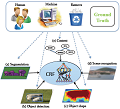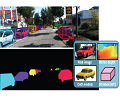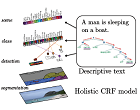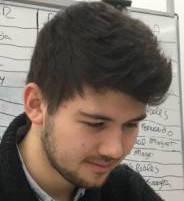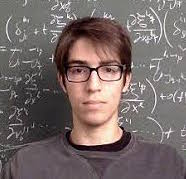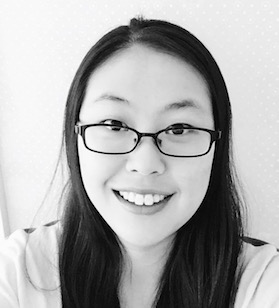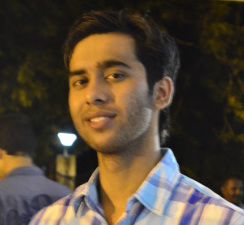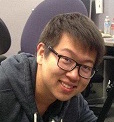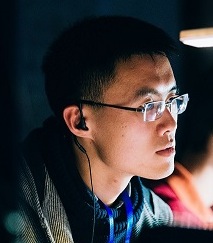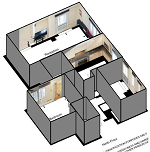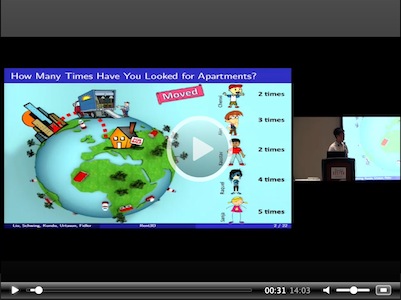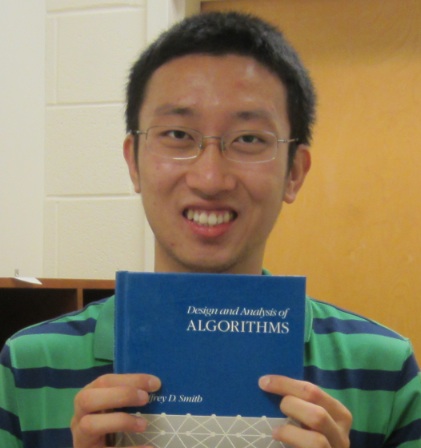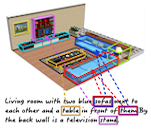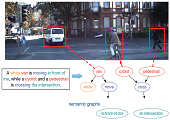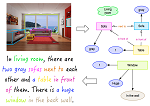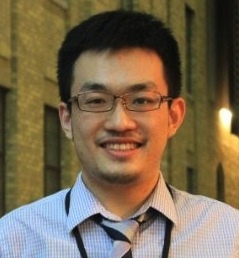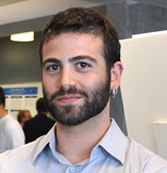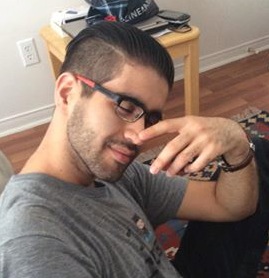Students
PhD and MSc students
Amlan Kar
Amlan started his PhD in Sept 2017.Undergraduate students
Visiting students
Past postdocs
Past graduate students
|
|
Jiaman Li Graduated with MSc (now Phd student at University of South California) Sept 2017 - Jan 2019 |
|
|
Kaustav Kundu Graduating with PhD (now at Amazon) Sept 2015 - May 2017 Co-supervised with Raquel Urtasun |
|
|
Lluis Castrejon Graduated with MSc (now at University of Montreal) Sept 2015 - May 2017 Co-supervised with Raquel Urtasun Lluis CastrejonLluis worked on semi-automatic instance segmentation. Our CVPR'17 paper on this topic received Best Paper Honorable Mention.Publications
|
|
|
Tom Lee Graduated with PhD (now at LTAS Technologies Inc) Sept 2011 - March 2016 Co-supervised with Sven Dickinson Tom LeeTom is a 4th year PhD student and is currently doing a 8-month internship in a Toronto-based company LTAS Technologies Inc. Tom works on mid-level vision: grouping superpixels to form symmetric parts using a discriminative (trained) approach, and a learning framework for grouping superpixels into object proposals using several Gestalt-like cues (symmetry, closure, homogeneity of appearance). For the former, he showed how to learn with parametric submodular energies. His primary supervisor is Prof. Sven Dickinson.Publications
|
|
|
Yukun Zhu Graduated with MSc (now at Google) Sept 2015 - Jan 2016 Co-supervised with Raquel Urtasun and Ruslan Salakhutdinov Yukun ZhuYukun's research was in two domains: object class detection and vision-language integration. His approach published at CVPR'15 significantly outperformed previous state-of-the-art in detection on PASCAL VOC.Publications
|
|
|
Ivan Vendrov Graduated with MSc (now at Google) Sept 2015 - Jan 2016 Co-supervised with Raquel Urtasun
Ivan's masters thesis was on the topic of semantic visual search.
close window
Publications
|
|
|
Ziyu Zhang Graduated with MSc (now at Snap Inc) Sept 2015 - April 2016 Co-supervised with Raquel Urtasun Ziyu ZhangZiyu's masters' thesis was on instance-level object segmentation in monocular imagery.Publications
|
Past visiting graduate students
|
|
Xavier Puig Fernandez PhD student, MIT Jan-March, 2016
Xavier is visited the group two times, once in Nov 2015, and from Jan to March, 2016. We are working on the problem of video to text alignment.
|
Co-supervised with Raquel Urtasun:
|
|
Urban Jezernik PhD student, University of Ljubljana Jan-April, 2016
Urban visited the group from Jan to April, 2016. We were working on the problem of music generation.
|
|
|
Makarand Tapaswi PhD student, KIT (now a postdoc in our group) Sept-Dec, 2015
Makarand visited for three months in 2015, and has joined our group as a postdoc in the fall of 2016.
Publications
|
|
Edgar Simo-Serra PhD student, UPC in Barcelona (now a postdoc at Tokyo University) Summer 2013, 2014
Edgar visited the group twice. During his first visit (to TTI-C) he was working on clothing parsing in fashion photographs. On this topic he published a first-author paper at ACCV'14. In his second visit (to UofT), he worked on predicting how fashionable / stylish someone looks on a photograph, and suggest ways to help the user to improve her/his "look". This resulted in a
first-author CVPR'15 paper. The paper got significant international press coverage in major news and fashion media such as New Scientist, Quartz, Wired, Glamour, Cosmopolitan, Elle and Marie Claire (see project page for more details). Edgar gave several interviews for the press, including an appearance on Spanish television (minutes 15:12 to 16:43) and radio (minutes 16:10 to 20:43). Yahoo News, Canada, featured a full photo of him in one of my favorite press articles on the subject. Publications
|
|
|
Roozbeh Mottaghi PhD student, UCLA (now a Research Scientist at AI2) Summer 2012, 2013
Roozbeh visited the group several times, working on the topic of object class detection. His work resulted in several state-of-the-art detectors. He published two first-author and two second-author CVPR papers (CVPR'13 and '14), as well as a first-author T-PAMI publication. Roozbeh went to do a postdoc with Prof. Silvio Savarese at Stanford and is now a Research Scientist at AI2. Publications
|
|
|
Liang-Chieh Chen PhD student, UCLA (now at Google) Summer 2013
Liang-Chieh ("Jay") worked on weakly-labeled segmentation: getting accurate object segmentation given a ground-truth 3D bounding box as available in the KITTI dataset. His method improved significantly over existing grab-cut type of approaches, and even outperformed MTurkers (compared to accurate in-house annotations). Jay authored a first-author paper at CVPR'14.
Publications
|
Past undergraduate students
|
Ching-Yao Chuang 4th year undergraduate, National Tsinghua University of Taiwan (now PhD at MIT) July - Nov 2017 |
|
Kefan (Arthur) Chen 4th year undergraduate, UofT /(now at Google) Capstone project, Sept 2017 - May 2018 |
|
Amlan Kar 3rd year undergraduate, IIT Kanpur (now doing PhD with me at UofT) Summer 2016, co-supervised with Raquel Urtasun |
|
Huazhe Xu 4th year visiting student from Tsinghua University (now a PhD student at UC Berkeley) Sep 2015 - Dec 2015, co-supervised with Raquel Urtasun |
|
Boris Ivanovic 4th year undergraduate, UofT (now a MSc student at Stanford University) Sep 2015 - May 2016, co-supervised with Raquel Urtasun |
|
Tamara Lipowski 4th year undergraduate, UofT (now a MSc student at University of Salzburg) Jan-April, 2016 |
|
Zexuan (Aaron) Wang 4th year undergraduate, UofT (now at Qumulo Inc) Sept 2015 - April 2016, co-supervised with Raquel Urtasun |
|
Andrew Berneshawi 4th year undergraduate, UofT (now at Amazon, Seattle) CSC494, Winter 2015
Andrew worked on road estimation as part of a semester-long project course (CSC494). His approach ranked second on KITTI's road classification benchmark (entry: NNP, time stamped: June 2015).
close window
|
|
Chenxi Liu 4th year undergraduate, Tsingua University (now a PhD student at Johns Hopkins University) Summer 2014, co-supervised with Raquel Urtasun
Chenxi worked on the problem of apartment reconstruction in 3D from rental data (monocular imagery and floor-plan). His work resulted in a joint first-author oral CVPR'15 paper. He gave a talk at CVPR and did a great job (you can check his performance below).
close window
Publications
|
|
Yinan Zhao 4th year undergraduate, Tsingua University (now a PhD student at UT Austin) Summer 2014, co-supervised with Raquel Urtasun |
|
Chen Kong 4th year undergraduate, Tsingua University (now a PhD student at CMU) Summer 2013, co-supervised with Raquel Urtasun
Chen worked on 3D indoor scene understanding by exploiting textual information. His work resulted in one first-author and another co-authored CVPR'14 paper, and he co-authored an oral paper at BMVC'15. Publications
|
|
Jialiang Wang 4th year undergraduate, UofT (now a PhD student at Harvard University) Summer 2014 (USRA), co-supervised with Sven Dickinson |
|
Kamyar Seyed Ghasemipour 2nd year undergraduate, UofT (now a MSc student at UofT) Summer 2014 (USRA), co-supervised with Suzanne Stevenson and Sven Dickinson
Kamyar worked on unsupervised word-sense disambiguation of captioned images. He
won a research video competition (video)
held for the Undergraduate Summer Research Program at UofT.
close window
|
